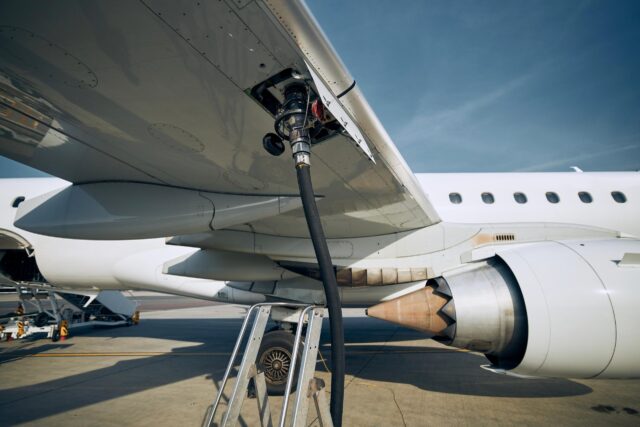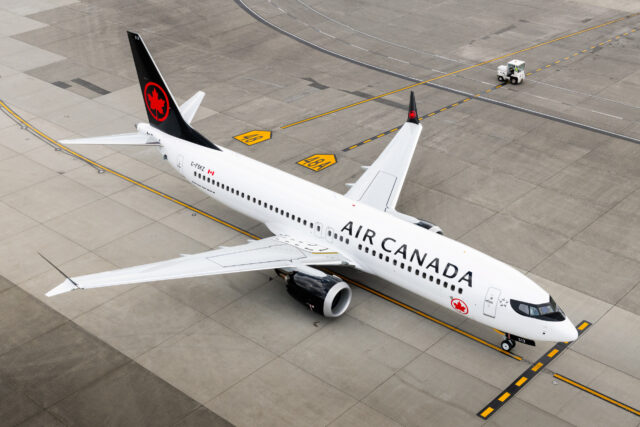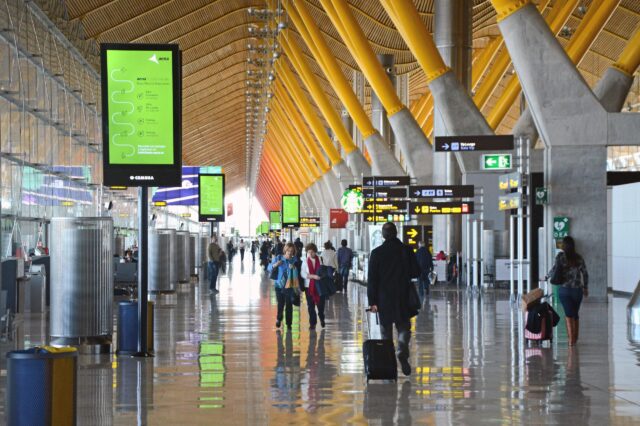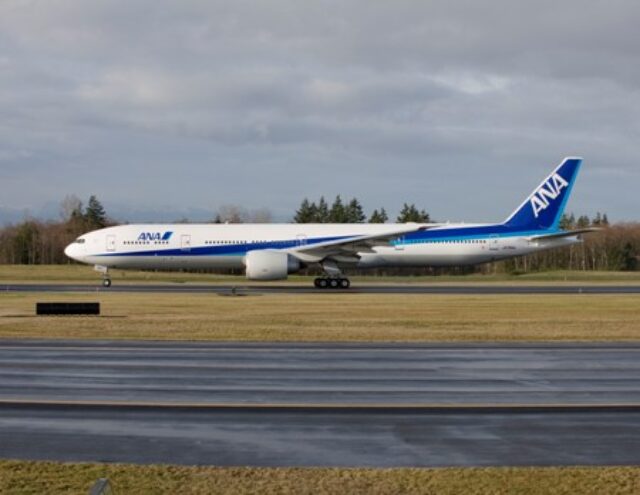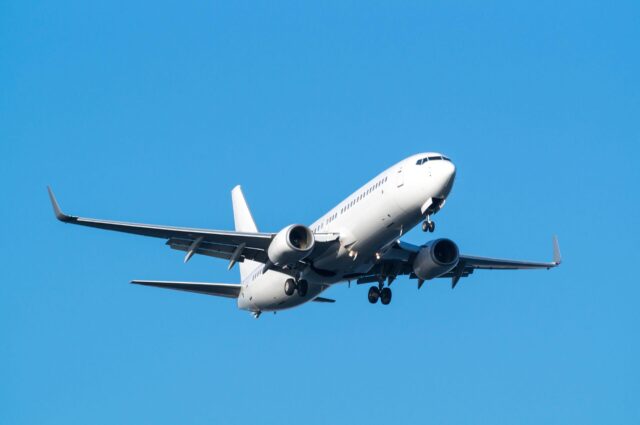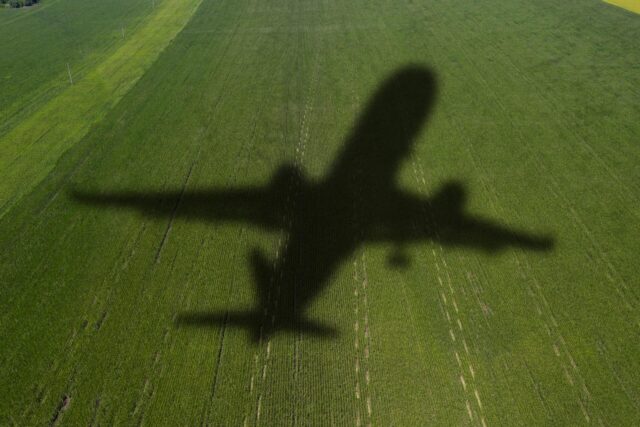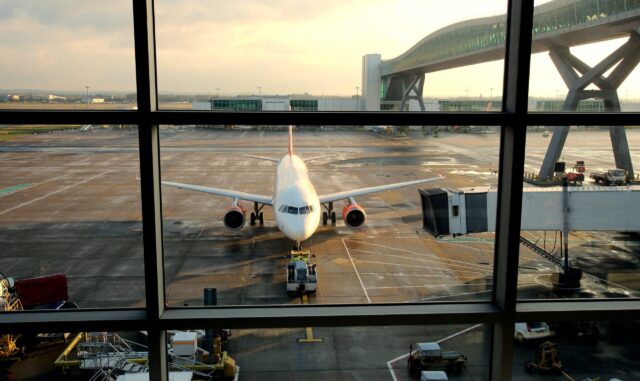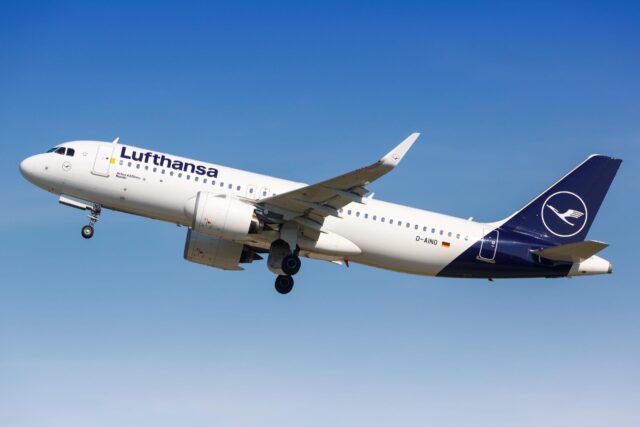Air India crash: Airlines ordered to check fuel switches as FAA insists 787s are safe

July 15, 2025

Aviation regulators and airlines around the world are moving to ensure fuel control switches on certain Boeing aircraft are functioning correctly in the wake of last month’s fatal crash of Air India Flight 171.
While early findings from the crash investigation suggest the fuel switches for both engines were turned off shortly after take-off from Ahmedabad, officials are stressing that the Boeing 787 remains safe to fly.
The June 12 crash resulted in the deaths of 260 people on board and on the ground. A single passenger survived.

Investigators in India released a preliminary report indicating that both engines stopped producing power shortly after take-off.
Cockpit voice recordings captured confusion between the pilots over the state of the aircraft’s fuel switches, which were found to have been moved to the cutoff position.
Though the switches were eventually returned to their run setting, there was insufficient time to recover from the cutoff state they were briefly set to.
How have aviation regulators and airlines responded?
India’s Directorate General of Civil Aviation has asked airlines operating in the country to check that the fuel switch locks on 787 and 737 aircraft are functioning correctly.
Air India Group has carried out inspections on the fuel switch locking mechanism on around half of its Boeing 787 and 737 fleets, with the rest set to follow.
South Korea is expected to issue a mandate for airlines in the country that operate Boeing aircraft to inspect the fuel cutoff switches.

Etihad Airways has instructed its pilots to exercise caution when using fuel control switches on its Boeing 787 fleet.
The Abu Dhabi-based carrier has also issued instructions to its engineers for inspecting the switches.
Singapore Airlines and its subsidiary Scoot have carried out inspections with no faults detected.
Korean Airlines is doing the same.
Why had some airlines already carried out fuel switch inspections?
A prior advisory from the US Federal Aviation Administration (FAA) in 2018 noted that the locking mechanisms on some fuel switches across Boeing’s 787 and 737 fleets might be prone to failure.
This advisory was non-binding and did not require airlines to make immediate changes, which is why some carriers, including Air India, had not implemented inspections specific to the switches in question, at the time.
Qantas Airways and ANA were among the airlines to have carried out inspections based on the 2018 advisory when it was issued.

The FAA reportedly told investigators of the June 2025 Air India crash that, “although the fuel control switch design, including the locking feature, is similar on various Boeing airplane models, the FAA does not consider this issue to be an unsafe condition that would warrant an Airworthiness Directive on any Boeing airplane models, including the Model 787”.
A South Korean transport ministry spokesperson said the new checks planned in that country were in line with the FAA’s 2018 advisory.
787 remains safe to fly
Despite growing scrutiny, the FAA and Boeing have both reiterated their confidence in the aircraft’s safety.
Boeing has stated that the 787’s design remains robust and that current data does not support the need for a broader directive.
Indian authorities did not issue any directives or recommendations for operators of Boeing 787 Dreamliner aircraft or those using GE engines.

While the investigation into the Air India crash continues, industry experts caution against speculation and stress the importance of waiting for a full technical analysis, which may take up to a year to complete and publish.
Some pilot associations, including the Indian Commercial Pilots’ Association (ICPA) have also called for a fair and balanced inquiry, cautioning against premature conclusions about human error or intent.
ICPA said the crew “acted in line with their training and responsibilities under challenging conditions and the pilots shouldn’t be vilified based on conjecture”.


